Jack La Bolina: The "common" sea of San Benedetto del Tronto
On the seafront of San Benedetto del Tronto there is a 1997 monument by the sculptor Ugo Nespolo, a work in colored steel, seven meters high, inspired by verses of Dino Campana: "I prefer the sound of the sea that says construct, make, undo. Making and undoing is an entire work.
That's what I know how to do." In Nespolo's work, however, the words change, becoming: work, work, work ... And it is work "with the sea" that is the representative sign of this small town of the Marches. The recovery of the maritime civilization and growing interest on the part of historians and scientists have encouraged awareness toward safeguarding the city's archival patrimony, library, and museum.
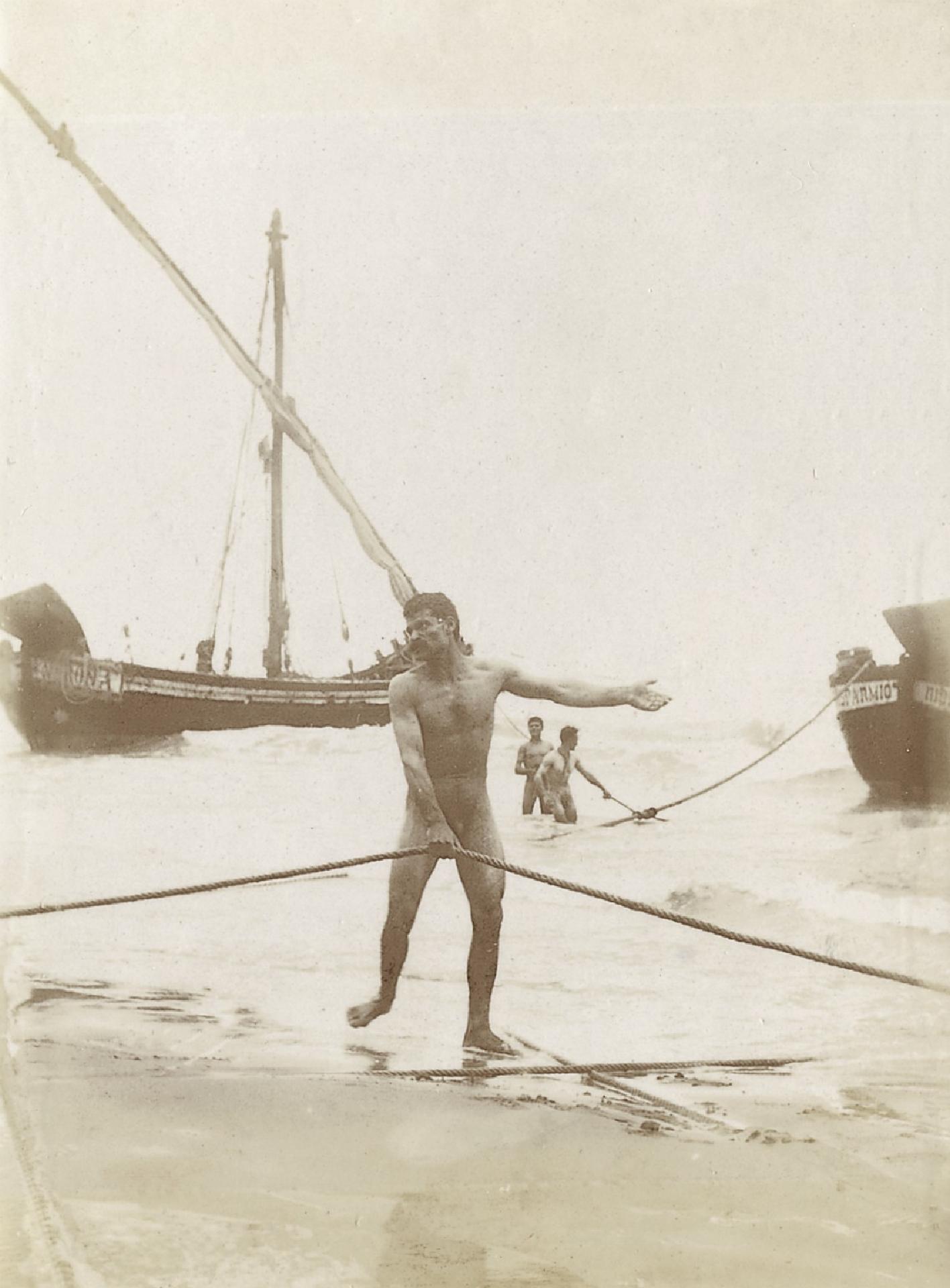

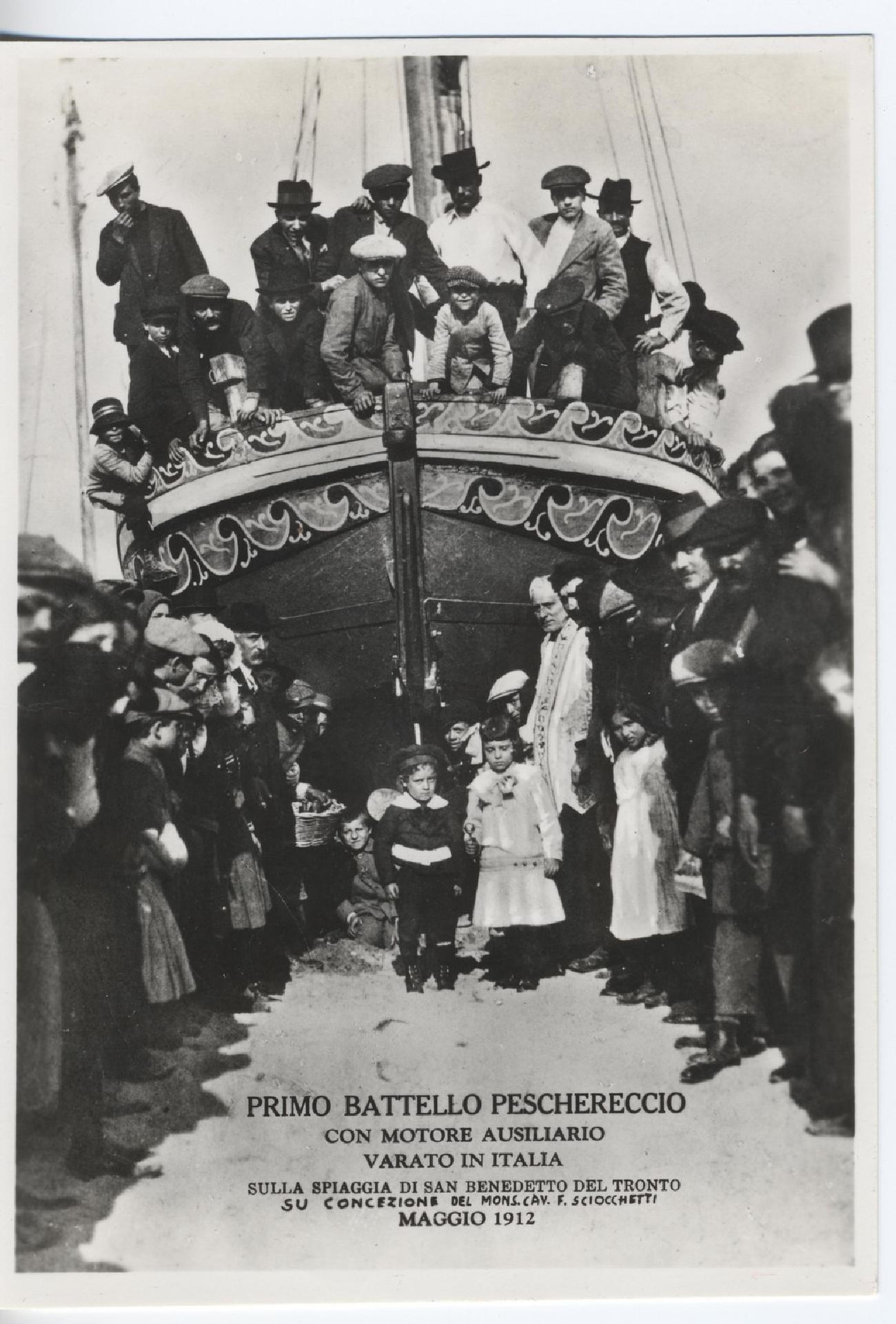

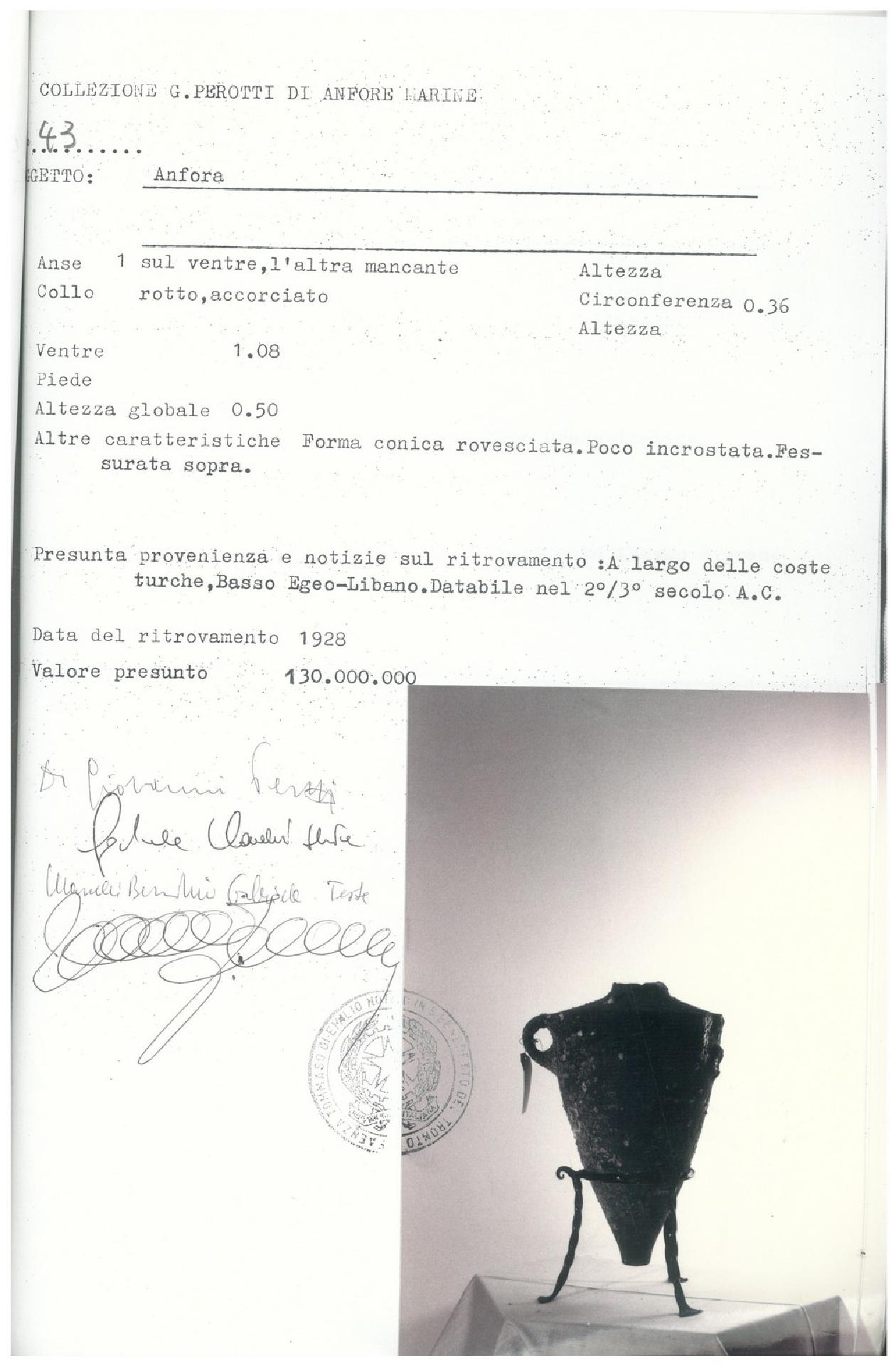
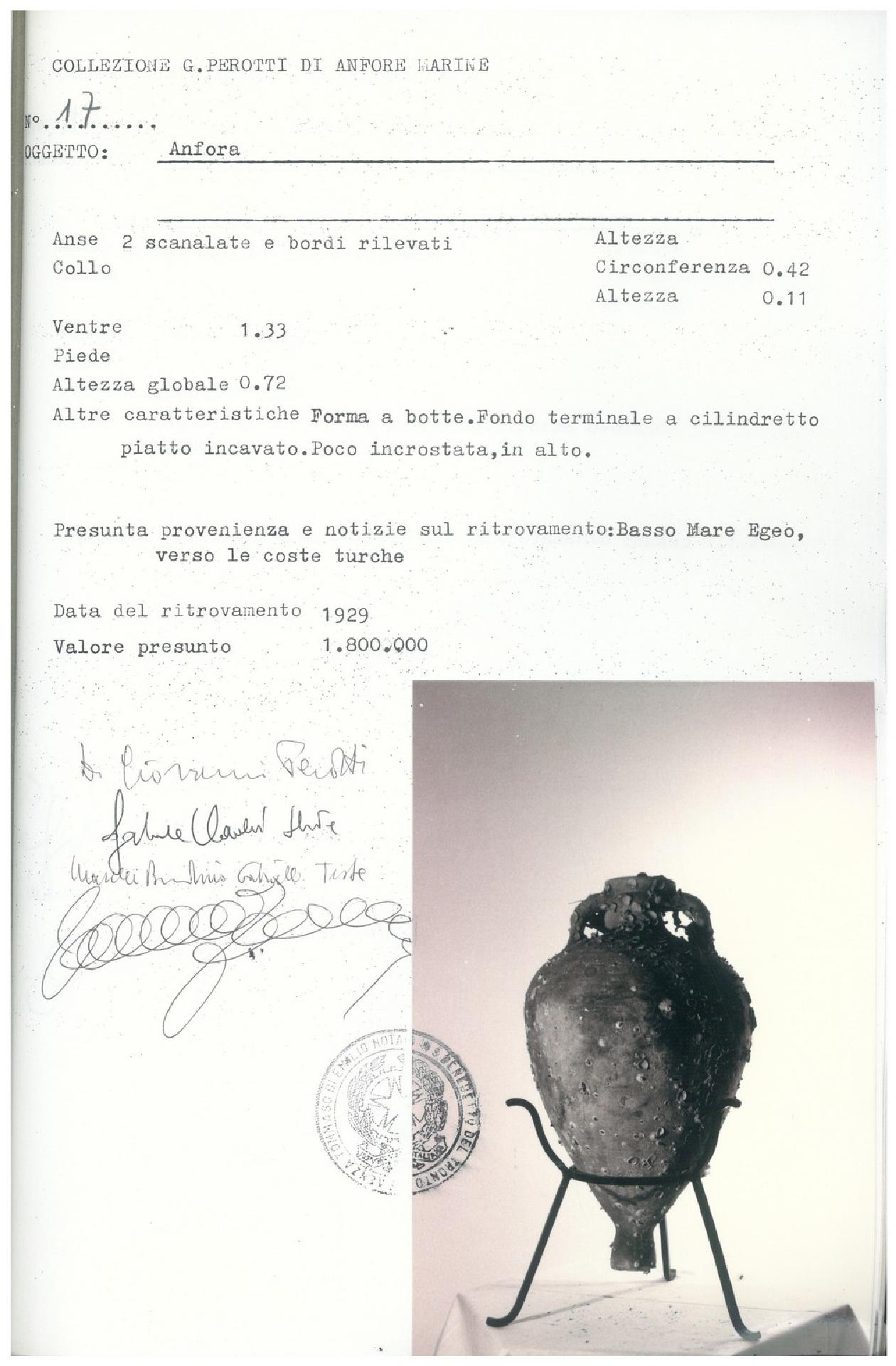
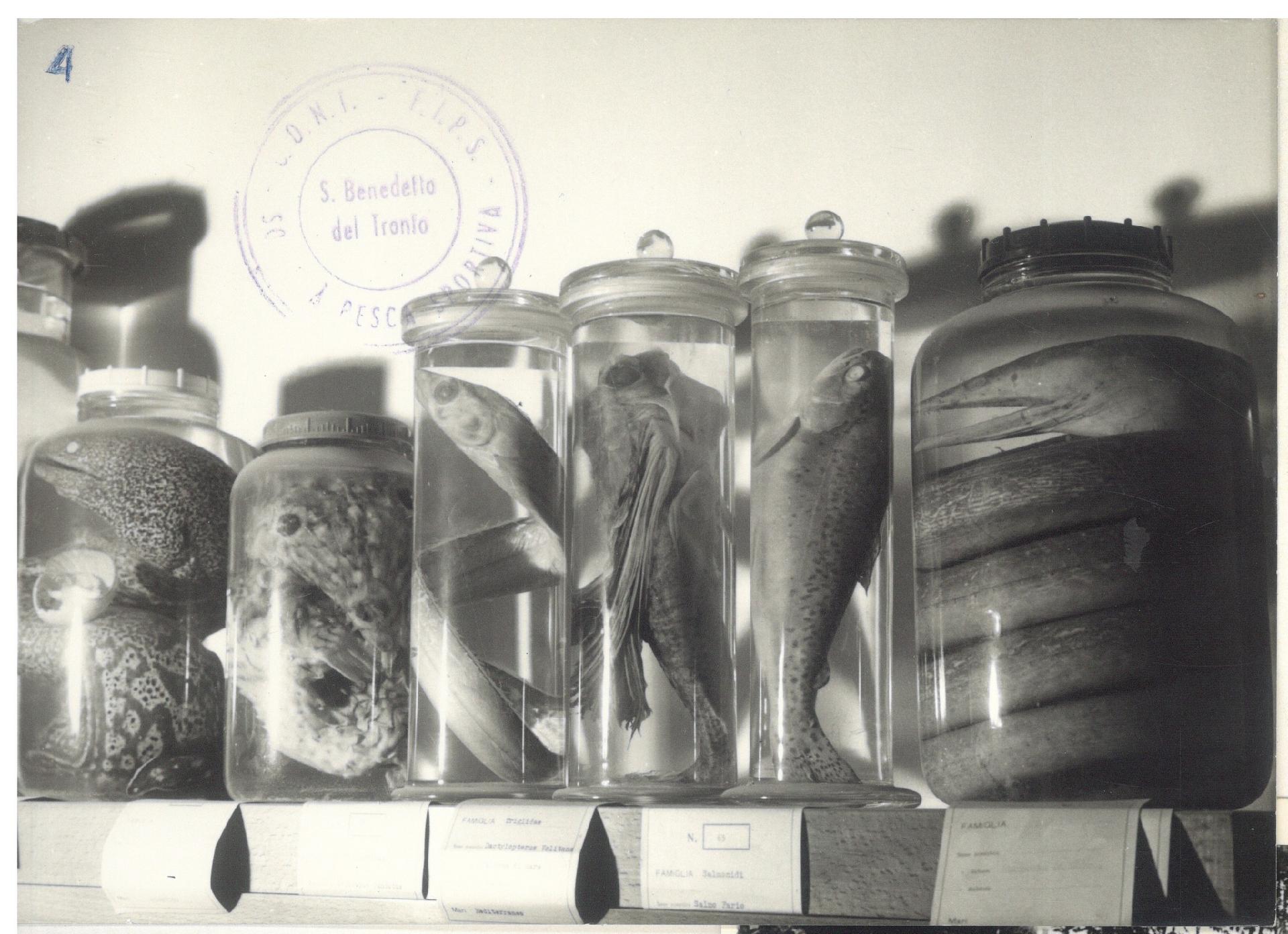

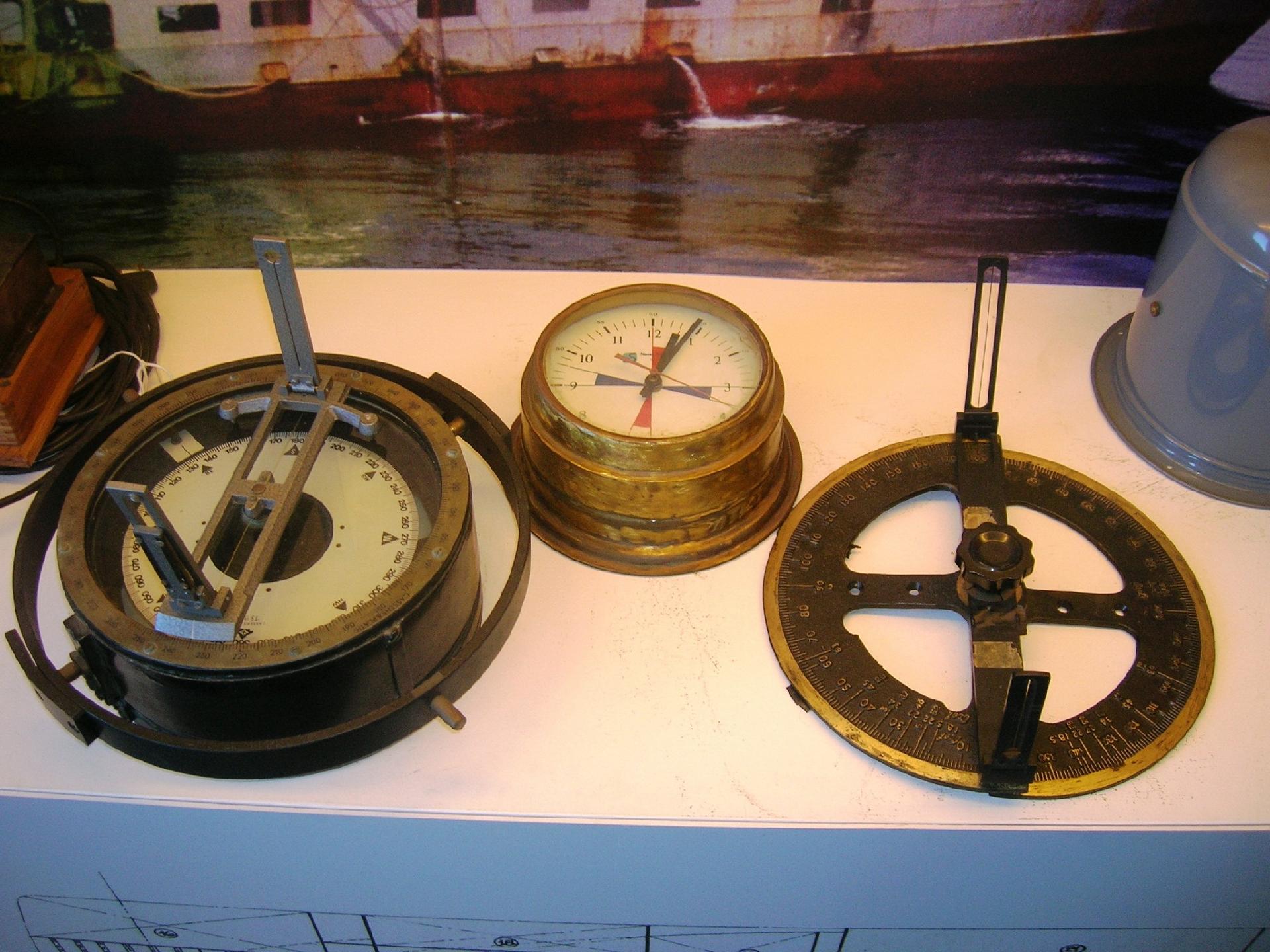
The wholesale fish market at the Molo Nord of the port, built in 1935 on a project by Luigi Onorati, is also the seat of the Museo del Mare, which, like a Chinese box, unveils: the Antiquarium Truentinum, the Museo della Civiltà Marinara delle Marche, the Museo delle Anfore, and the Museo Ittico "Augusto Capriotti." As a traveler, you leave a room and you find yourself outside, invaded by the smell of the recently sold fish. You go down an iron staircase, and that smell becomes a trace of sea water, staying on your skin, from the handrail. Open another door and you find yourself, again, in the past, welcomed by the sounds of that time. The voices of fishermen and buyers merge and mix every day between these walls with very similar, more ancient, voices, and documentary sources-like the thread of Ariadne-lead in among the lives of seafaring society and fishermen, into studies for the development of boats, for fishermen's routes, and along through improvements to navigation tools and maps, from the mid-18th century to today.
In the Museo delle Anfore there are submarine finds from different eras, from the ancient Canaanites to the Dressel amphorae created for new routes, solid and slender for carrying wine and garum, all equipped with seals, representing genuine trademarks of the times. A reconstructed Roman ship demonstrates historic shipbuilding capabilities and stowage of the cargo of amphora.
The Museo Ittico draws our attention: directed by Giovanni Capriotti, researcher in the field of microbiology, it conserves rich collections of marine fauna, sometimes monsters, which are transformed here into scientific knowledge, thanks also to a specialized library and archival documents, such as the collection of on-board journals from scientific campaigns of Prince Albert I of Monaco (1896-1945) and of Cousteau's Calypso (1979-1995), or the writings about the sea by Augustus Vittorio Vecchi, better known as Jack La Bolina. The thread leads to the rooms of the Museo delle Civiltà Marinara delle Marche, which offer written and audiovisual testimony. The documents tell of the seafaring routes of the men of San Benedetto del Tronto for ocean fishing, begun in 1956, and give the names of the sailors "preyed upon and made slaves" by pirates, corsairs, sea thieves, barbarians, and Turks, from the 16th to the 19th centuries.
The precious sources show the evolution of instruments and navigation charts from the mid-18th century to present. It is a journey into scientific research, at the disposal of work, which makes a stop at Palazzo Piacentini, in the reflection of that "common" sea, through photographs and paintings: in the Archivio Storico Comunale, the documents of the municipality of San Benedetto are conserved; the corridors of the old building introduce us to the Pinacoteca del Mare with works and photos by Alfred Chatelain, Armando Marchegiani, and Adolfo De Carolis, who have immortalized trawlers and instrumental needles, men almost like gods, and the big sails that identify a family, thus returning immortality to that time. We are meagre fishermen, Men from the shore Who are hungry and cold And you're our foe. Don't beat so hard, Don't shout so loud, Open your green coffers, Place gifts of silver in our hands. Give us this day our daily fish. (Pablo Neruda)
BIBLIOGRAPHIC NOTE
Albano Bulgari, Albano Bulgari - Museo ittico San Benedetto del Tronto. Il mondo subacqueo. Acquaviva Picena, Tipografia Fast, 1998
Augusto Capriotti, I microbi dell'ambiente marino, Ancona, Edizioni Universitarie Fergie, 1968
Quaderni dell'Archivio storico comunale, a cura di Giuseppe Merlini, San Beneddetto del Tronto, 2014
Giuseppe Marlini, Adriatic Seaways.Le rotte dell'Europa adriatica. San Benedetto del Tronto nel contesto marinaro Adriatico, Ascoli Piceno, 2008
ARCHIVAL REFERENCES
Museo del Mare di San Benedetto del Tronto
BY
Maria Procino

 help with your research
help with your research

